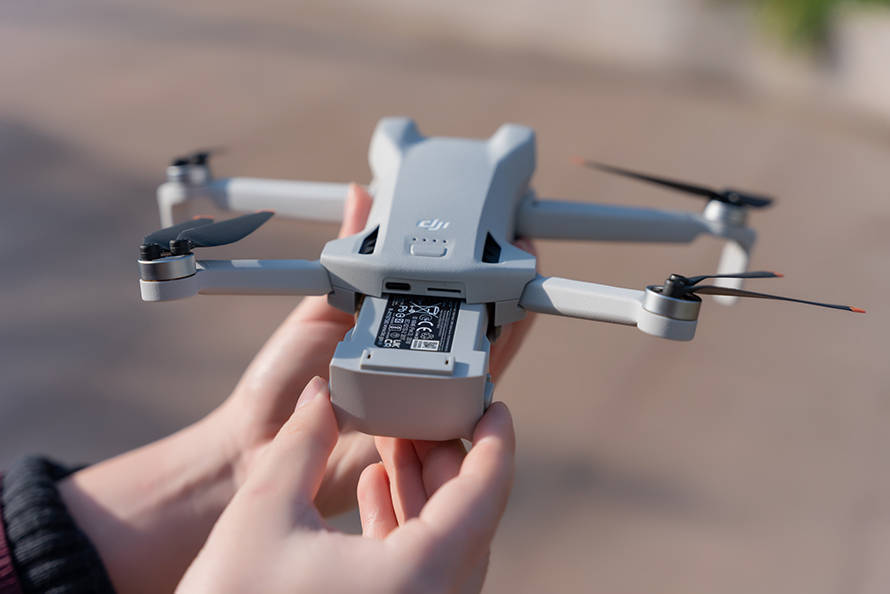Unveiling the Power of Infrared
Infrared technology works by capturing the heat emitted by objects. This enables a drone equipped with an infrared camera to visualize temperature variances across a landscape, identifying both living entities and changes in environmental conditions. This feature is particularly beneficial in wildlife conservation efforts, as it allows researchers to monitor animal populations without causing disturbance.
Applications in Security and Surveillance
In the security sector, drones with infrared cameras provide unparalleled surveillance capabilities. These drones can effectively monitor extensive areas, detecting intruders based on their heat signatures. This application is pivotal in securing critical infrastructure and during large-scale events where traditional surveillance means might fall short.
Environmental Monitoring and Disaster Response
Environmental agencies deploy drones with infrared cameras to track temperature anomalies in forests that could indicate the early stages of a wildfire. This technology is crucial in preemptive disaster management, as it permits swift response before catastrophic damage occurs. Additionally, after natural disasters, drones can assist in locating survivors, evaluating damage, and identifying dangerous heat sources.
Enhancing Agricultural Practices
Agriculture benefits significantly from infrared drone technology, which aids farmers in assessing crop health by detecting areas of stress related to temperature fluctuations. This analysis enables precise interventions, optimizing yield and resource use. Farmers can monitor vast tracts of land quickly and efficiently, saving both time and labor.
Limitations and Considerations
Despite their advantages, drones with infrared cameras do have limitations that operators need to consider. Environmental conditions such as heavy rain or thick foliage can impede infrared detection. Additionally, privacy concerns are paramount, as the capability to detect people via heat can lead to intrusive monitoring if not regulated properly.
Considering these aspects, it is vital for operators to respect regulatory frameworks and ethical guidelines when deploying these technologies.
Ultimately, drones equipped with infrared cameras open up a multitude of possibilities across industries. They offer a futuristic glimpse into how technology can enhance data collection and analysis remotely and efficiently.
How do drones with infrared cameras differ from regular drones?
Drones with infrared cameras can detect heat signatures, allowing for surveillance in total darkness and capturing details invisible to standard cameras.
Are there privacy concerns associated with infrared drones?
Yes, there are privacy concerns as these drones can detect heat signatures of individuals. Operators must follow legal and ethical standards to prevent unauthorized monitoring.
Can infrared drones operate in adverse weather conditions?
Infrared capabilities can be hampered by severe weather conditions like heavy rain; however, advancements continue to improve their resilience and reliability in such scenarios.